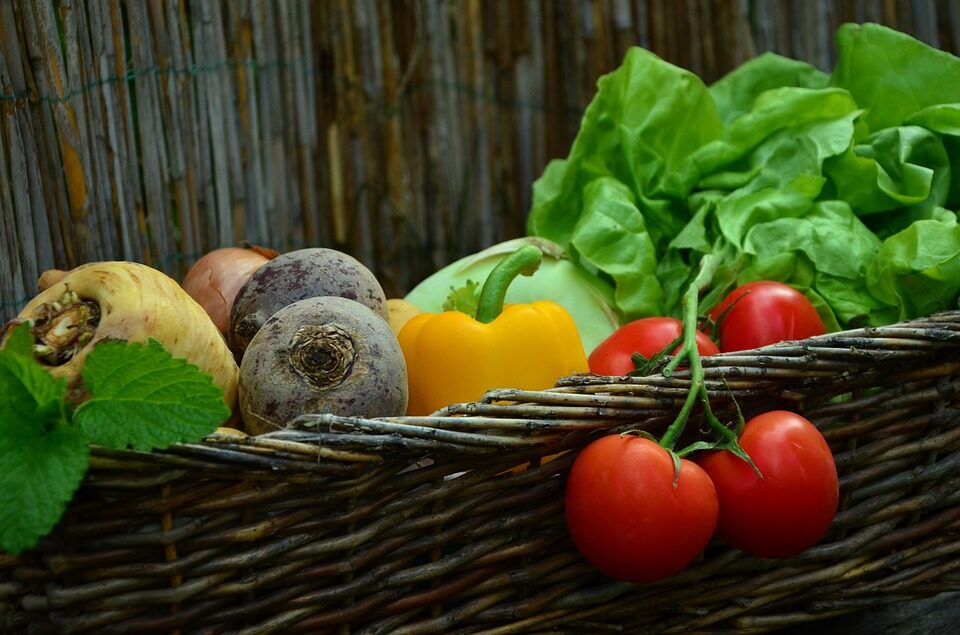There are many hearty vegetables that can be grown into the cooler months and then harvested to use throughout the winter. Root veggies are especially good for this of course, but there are also leaf veggies that can be great too. Here are some gardening tips on when to sow and when to harvest veggies to use during the winter.
Spring Cabbage
Spring cabbage should be planted during the summer in order to be harvested for use in the winter. Letting a few frosts pass before removing cabbage from the ground actually makes it taste better according to many gardeners. You should watch out for slugs if it is a mild winter. Usually, slug activity is minimal during the winter, but they can still wipe out seedlings if left unchecked.
For best results, sow indoors using a modular tray, and then take the 4-week-old plants out once they are ready and plant them in deep soil with rich compost. They need space, so sow one seed per module, planting about 1/2 in. deep, and water the seed well. If you want to keep things growing longer then use succession planning to extend the harvest.
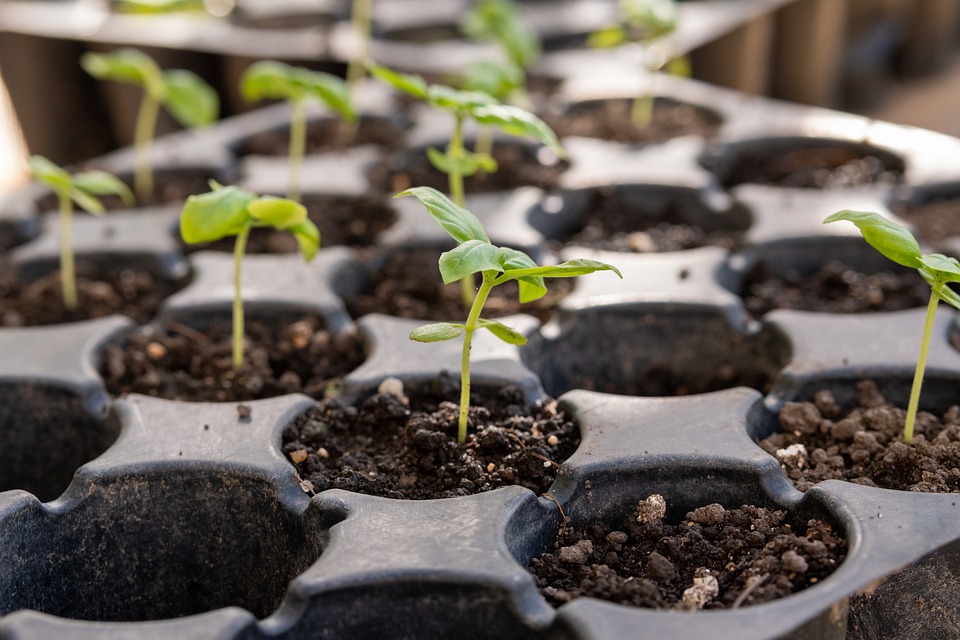
Broad Beans
Broad beans are a good choice for gardeners because they are frost tolerant and hearty. While the ground must be somewhat warm to plant, broad beans (also called fava beans) are a good choice for sowing into early November. If it does not drop below 30 degrees they can last through winter and into spring. Broad beans are extremely healthy being rich in vitamins and high in protein with very little fat.
Winter broad beans have a number of advantages, in particular, the plants protect the soil which would usually be exposed to wet weather in the winter, so they can offer some value there as well.
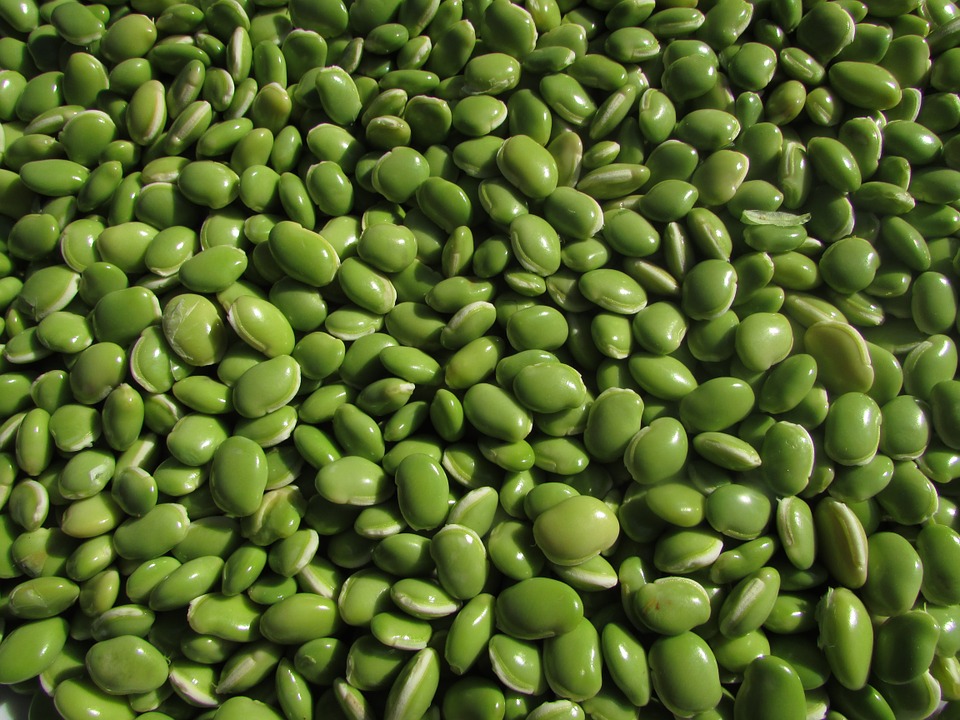
Sow into your garden 2 1/2 in. deep,with plants about 7 in apart, and a gap of 17 inches between each row. You can sow indoors and transplant 3 weeks later if necessary. You should stake your plants to help protect them from being damaged by wind. Use stakes about 3 feet apart, joined with twine, to create a supporting frame for the beans.
Kale
A lot of people don’t realize that Kale is easy to grow. It is loved in the health food industry for being incredibly nutritious, and if it is cooked well (for example stir-fried with lemon and tahini), then it can be delicious too. Kale is hardy and will thrive even during a harsh winter. If the plants are the right size then you can get useful winter greens, but even smaller ones are useful since they thrive in the spring when other harvests can be thin. Kale is stress-free to grow.
Start your kale in modular trays, one seed per cell, about 1 inch deep, and make sure that you plant them out before the roots start to get restricted. Planting out within three weeks is a good choice, so sow before the end of June for best results. Alternatively, look for kale sold as winter seedlings if you have missed the sowing date, and transplant as soon as possible so that you don’t miss out on the chance for a great harvest.
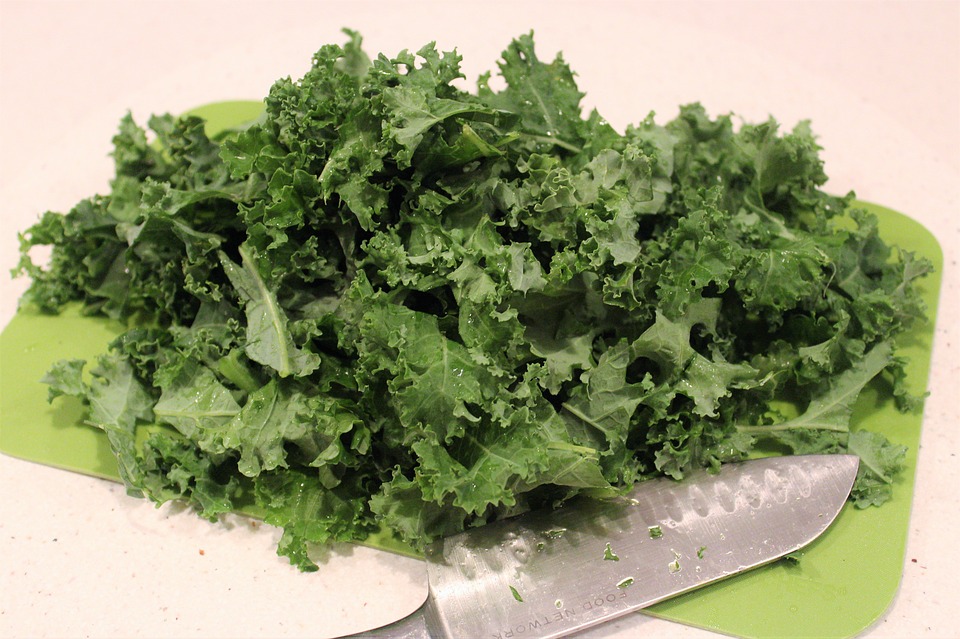
Chard
Chard is very easy to work with and is typically quite stress-free, since it does not tend to suffer from diseases and there are not a lot of pests that go for it either. You can put it inside a protected area such as a polytunnel but it can be outside if necessary. It is a lot like kale, in that it will be a good source of spring greens for you.
Chard has a bitter aftertaste, which can put some people off. However, if you plant it in the Autumn or overwinter then you will find that the crop comes out much less bitter thanks to the cooler weather at that time of year.
For best results, sow 1 seed per cell in a modular tray, and plant out three or four weeks later. A chard seed is a cluster of three or four seeds, so you will need to weed out the surplus seedlings in each module, leaving just the strongest seedling to grow.

Turnip
The white turnip is a good choice for growing in the autumn. Tokyo cross, in particular, offers excellent harvests in the run up to the winter. Turnips are quick and easy to grow and generally a stress-free crop that is a good choice for when beds are left bare.
You can sow turnip in modular trays, and they will germinate quite quickly for planting. If the weather is good then you can sow the plants directly into the soil instead. Sow almost 1 in. deep if you are staring them in a tray, or 1 in. deep if you are sowing outside, with 5 in. gaps between plants. Thin drill sown turnip once it has germinated, to 9 inches between each plant, and a foot between rows.
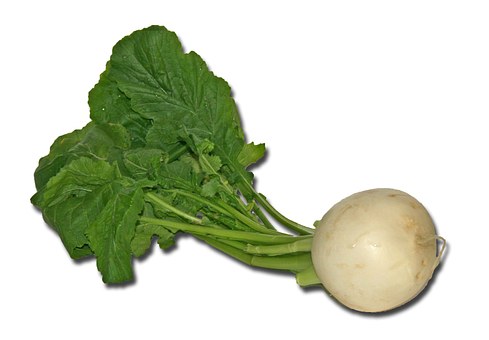
Kohl Rabi – Autumn
Kohl Rabi is known as the queen of vegetables. While it is not very well known, it is worth growing due to its high vitamin and mineral content. It is related to cabbage, broccoli and kale and produces a slightly nutty taste. It grows quickly and as long as the seedlings are planted early in August it makes a good choice for a late Autumn vegetable. You can get some good crops growing outside if the weather co-operates, but it is best to grow in a greenhouse just in case the weather gets too cold too quickly.
Kohl Rabi should be sown in modular trays, with 1 seed per module, about 1/2 inch deep. Plant it outside 3-4 weeks later, with plants spaced 1 foot apart, leaving about a foot between rows too.
Radish
One of the best things about radishes is that they are very quick to mature. You can take them from sowing to harvest in four weeks, so they’re good as a last dash crop when the winter approaches. If you harvest while they are still small then you can enjoy the fresh, peppery bite, which is an easier flavor on the palate than the bigger plants.
Winter radishes such as the Black Spanish Round should be sown in August to be harvested in October where weather gets colder more quickly. They are ideal for sauteing or roasting, since they are a little bigger. Of course, radishes are perfect on salads and in vegetable trays.

For best results, sow your radishes directly into the ground (rather than starting seedlings in modular pots), and leave about 20cm between each plant, with a gap of around 15 cm between each row. Pay attention to the growth of the radishes, and try to time the harvest when the plants are the perfect size for the flavor that you want.
Among all of these veggies there are plenty that will survive the colder weather and make delicious warm dishes so that you can survive the colder weather! Which ones will you be planting inn the coming months?
